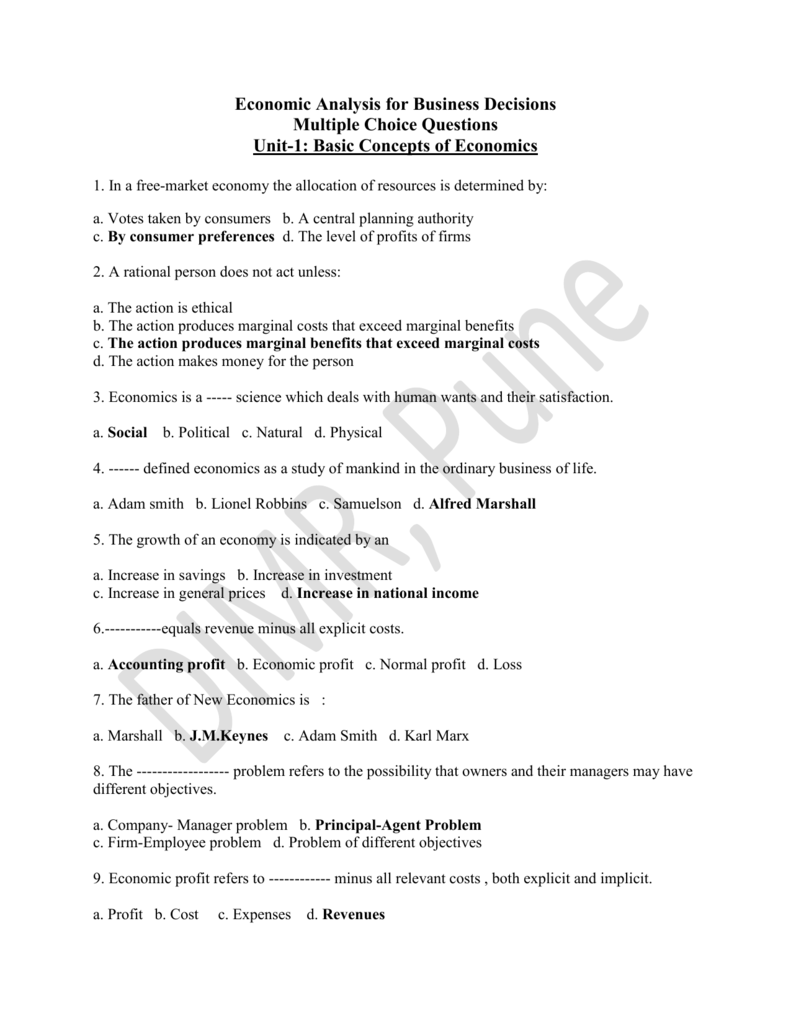

The consequence of diets poor in vitamins, minerals and other nutrients are affecting the health and life prospects of millions more, and casting a shadow over the future of communities and entire countries.Īlthough enough food is produced to feed everyone on this planet, the goal of a world with zero hunger, as set out in the 2030 Agenda for Sustainable Development and specifically in Sustainable Development Goal 2, remains hugely challenging due to a toxic cocktail of conflict, climate change, disasters and structural poverty and inequality. As a result, price changes are pure reflections of the laws of supply and demand. A market is said to be efficient when all buyers and sellers have equal access to the same information about prices, supply, and demand.

According to recent estimates, 45 million people in 43 countries are at risk of sliding into famine – the most extreme form of hunger, which can result in death from starvation or disease. Indeed, parts of Yemen, South Sudan and Madagascar may be close to or are already in the grip of famine. A market economy relies on an efficient market in which to sell goods and services.

A legal framework of economic laws and regulations is needed to evenly enforce business and trade regulations to ensure equitable compliance with taxes, licensing restrictions, and customs duties, etc.Across the world, up to 811 million people do not have enough food. 587 Mitigating these concerns will require undertaking difficult economic reforms, setting up a foreign investment code, and demonstrating that disputes over property rights can be resolved effciently through dispute resolution mechanisms. Other deterrent factors for investment include corruption, insecurity, and poor infrastructure. Before investing in a project, business owners and managers want to know that their properties will not be seized and that their contracts will be upheld. Any increase in business activity will depend on an increase in the stability and predictability of the business environment in these regards. 586 There are two great hindrances to doing business in these environments: uncertainty about the rules of the game (laws and regulations) and the government’s inability to enforce these rules fairly and impartially. 585ĩ.7.14 Create an enabling environment that lowers risks, promotes business activity, and attracts FDI. 584 Strategies should go beyond the provision of credit to include systems for accrediting microfinance suppliers and monitoring and measuring impact. Microfinance programs should target groups most affected by the conflict, including displaced persons, returning refugees, ex-combatants, and women. 583 Microfinance is also key to promoting private sector activities by providing access to savings, insurance money transfers, and other banking needs of the population. 582 But developing microcredit programs and institutions can get people together to exchange experiences, build capacity, and repair social capital. Many informal lending arrangements at the microlevel begin in refugee camps or on the streets as informal contracts between two parties. While loans are often available for large government reconstruction projects, they are less readily available for grassroots projects led by self-employed entrepreneurs or those working as part of small or medium enterprises. Providing people with access to loans for their small and medium enterprises is critical to jumpstarting economic activity and creating jobs. Other aspects of community-based development and reconciliation are discussed in Section 10.8.ĩ.7.13 Provide access to immediate credit and financial services for micro, small, and medium enterprises. Consider collateral issues presented with schools, including gender discrimination, inability to pay school fees, or decisions to send children to work rather than school. Divided communities that have made a commitment to support the peace process should be considered priorities for investment in infrastructure. 573 Infrastructure projects can often be used to promote peaceful relations by cultivating mutual interests among different groups in society and encouraging intercommunal cooperation. Infrastructure projects can have immense implications for migration and resettlement, the use of land, the environment, and perceptions of inequity. As in all economic recovery initiatives, the designers of infrastructure projects must always consider first and foremost the impact of their work on political stability and the potential to exacerbate conflict between different ethnic or religious groups. model, which he took as important to guide the strategic goal for reform and to. 9.7.5 Consider social, political, and environmental impacts in designing infrastructure projects. It is definitely incorrect to say that market economy only exists in.


 0 kommentar(er)
0 kommentar(er)
